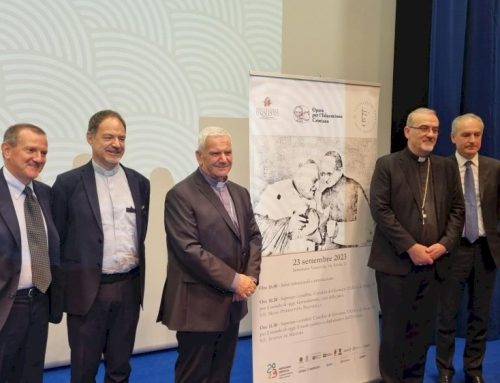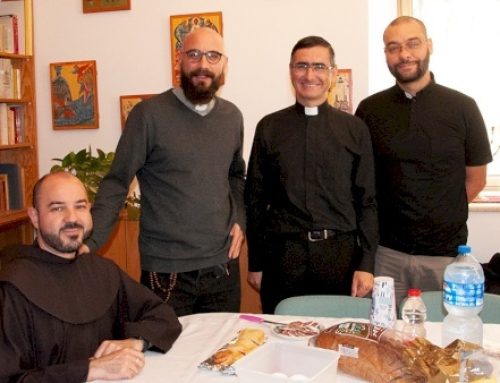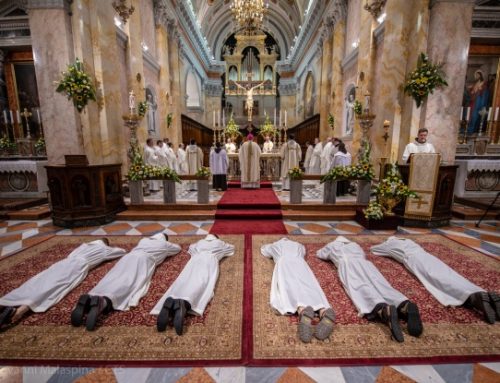Palestinian Christian have deep roots in the land. The great majority, estimated at 400,000 worldwide or roughly 6.5 percent of all Palestinians.
Palestinian Christian have deep roots in the land. The great majority, estimated at 400,000 worldwide or roughly 6.5 percent of all Palestinians, are of indigenous stock, whose mother tongue is Arabic and whose history takes them back, or at least some of them, to the early church.
At present, the 50,000 Christians in the West Bank and Gaza Strip make up only 2.2 percent of the total population of Christians estimated in the mid-90s at 2,238,000. Palestinian Arab Christians in Israel were estimated, for the same year, at 125,000 or 14 percent of all Arabs in Israel. Christians in Palestine and Israel make up 175,000 or 2.3 percent of the entire Arab and Jewish population of the Holy Land. A majority of 56 percent of Palestinian Christians are found outside the country. This situation is a result of the exodus of 726,000 Palestinian refugees during the 1948 Arab-Israeli war. Of those, 50-60,000 were Christians or 35 percent of all Christians in pre-1948 Palestine.
Today, those refugees and their descendants are spread throughout the entire Middle East, primarily in the 6 refugee camps dotting the topography of the West Bank (19 refugee camps); Gaza Strip (8 refugee camps); Jordan (10 refugee camps), Syria (10 refugee camps) and Lebanon (13 refugee camps).
As for Palestinian Christians, refugees and non-refugees, they are found mostly in urban areas of the Middle East, and of those, many have opted to leave to far away lands such as the United States, Central and South America, Australia and Canada. The dispersal of Palestinians since 1948 has spared no one family or group. The demographics of Palestinian Christians is as much shaped by the politics of the Arab-Israeli conflict, as it is the demographics of Palestinians in general.
Palestinian Christians in East Jerusalem, the West Bank and the Gaza Strip belong to 15 different denominations, the largest of which are the Greek Orthodox (51 percent) and the Roman Catholics (32 per cent.) Some smaller denominations, such as the Copts, who are originally from Egypt, do not number more than a score of families. Yet each denomination or community maintains a rich tradition of rites and rituals, besides educational and other institutions, that speaks of its long presence and attachment to the land called holy.
Dr. Bernard Sabella is a professor of sociology at Bethlehem University in the West Bank



